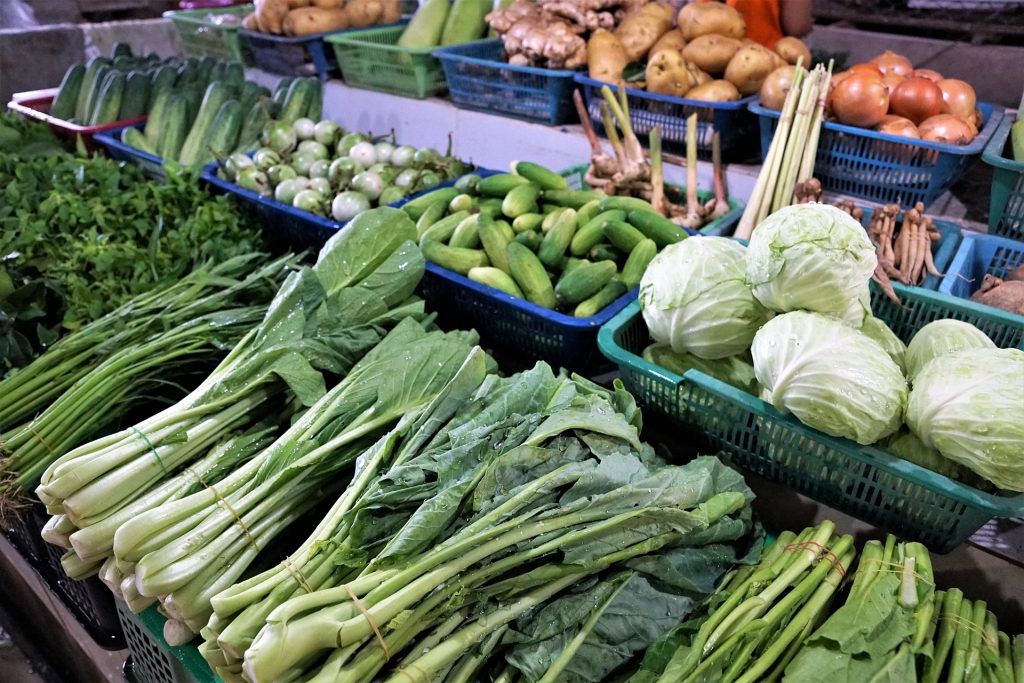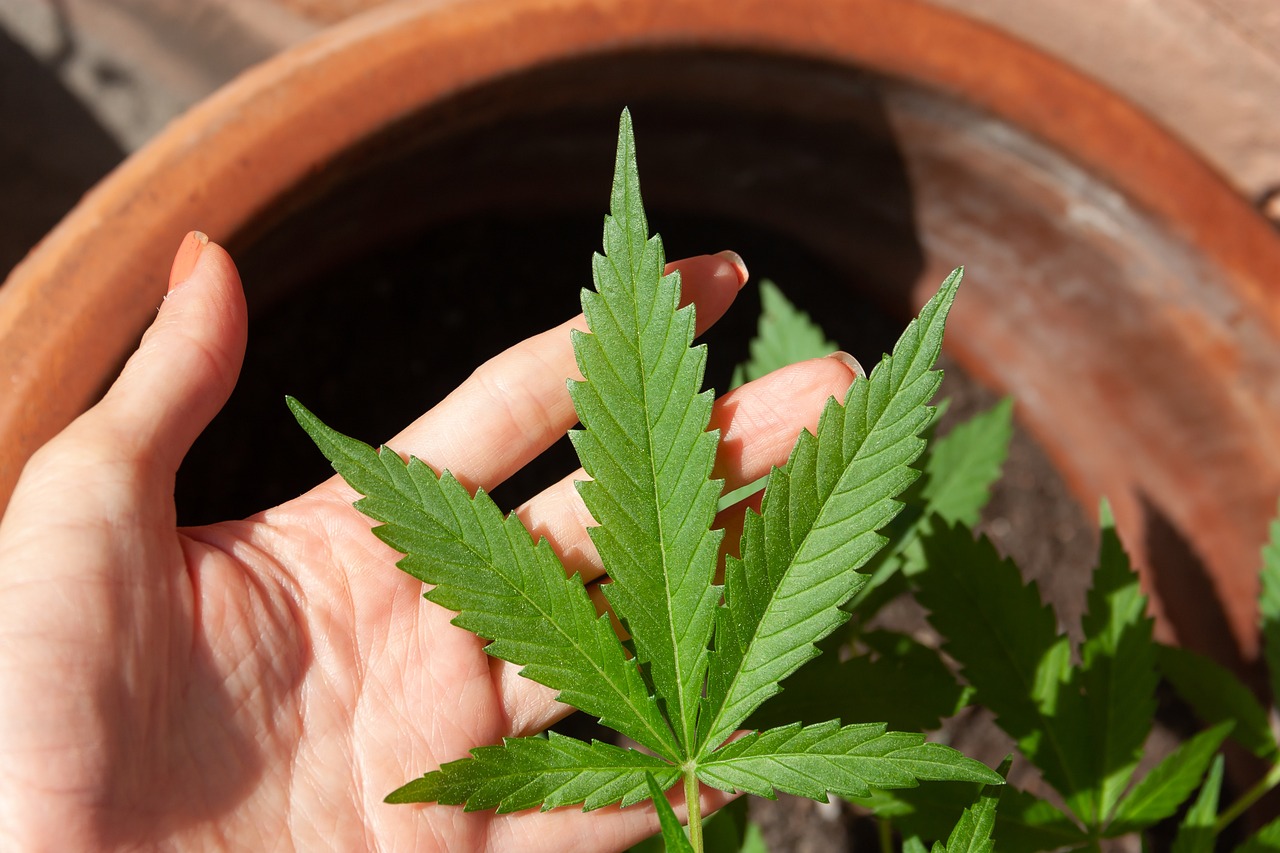Cooling fruits and vegetables is an important post-harvest handling technique to ensure quality and shelf life. Heat damages produce by reducing tissue integrity and reducing market shelf life. There are two main causes of heat damage: high field temperatures and excessive humidity. To minimize tissue damage, cool produce as quickly as possible after harvest.
Proper cooling can slow and delay undesirable crop processes such as wilting and dehydration. It can also improve overall quality by preserving produce for longer periods of time. There are several cooling methods available, including hydro cooling, which involves running cold water over the produce to reduce its temperature quickly. Other cooling methods include refrigeration systems, ice, or specially designed hydro cooling systems.
Cold rooms are an important aspect of refrigeration systems for fruits. They regulate temperature and humidity in a controlled environment and use CO2, glycol, or ammonia as refrigerants. These cold rooms also regulate circulation and the renewal of air. It is important to maintain the right temperature in a cold room to maintain optimal conditions for fruit and vegetable storage.
Different types of produce require different cooling methods. Strawberries and broccoli, for example, require near-freezing temperatures. But summer squash is susceptible to damage if the temperature is too low. Furthermore, cooling time and methods should depend on the product and the packaging requirements. If you are selling fruits and vegetables in a small quantity, a costly cooling method may not be justified.
Cooling before shipping is crucial in the post-harvest process. Temperatures directly affect respiration, a natural process that reduces product quality. Cooling before shipping and storing crops extends their shelf life, inhibits the growth of microorganisms, and reduces the risk of post-harvest diseases. The process should be done as soon after harvest as possible.
When freezing fruit and vegetables, scientists began using this method to preserve the quality of the fruit and vegetable for long-term storage. Unlike dehydration and canning, freezing retains sensory attributes, including color and nutrient content. The best part of this process is that it uses little energy compared to other methods.
Room cooling is another technique for cooling produce after harvest. Unlike ambient cooling, room cooling involves placing the produce in an insulated room with refrigeration units. This process not only reduces temperature but also helps increase humidity. It also prevents softening, wilting, and the development of molds and bacteria.
In conclusion, the importance of cooling fruits and vegetables cannot be overstated. Proper cooling can help to improve the quality of these foods and make them easier to eat.













